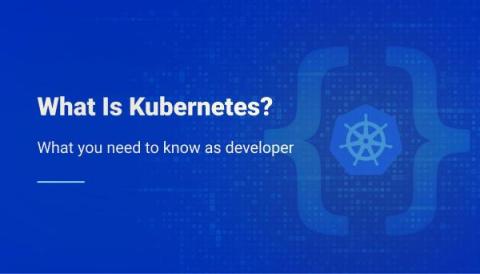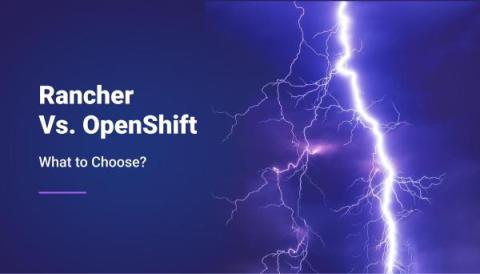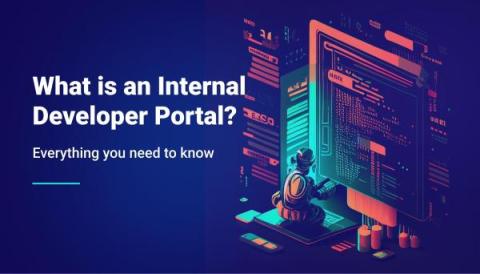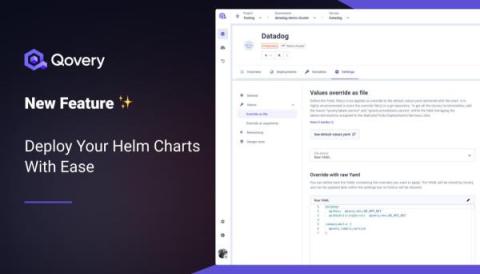What Is Kubernetes? What You Need To Know As A Developer
Building containerized applications opens doors to efficiency and scalability, especially for developers looking to streamline their workflows. Kubernetes, a game-changer in container orchestration, makes it easier for developers to manage these applications. This article will discuss in great detail on what Kubernetes is, why it matters, and how it simplifies container orchestration, paving the way for robust and flexible applications.











